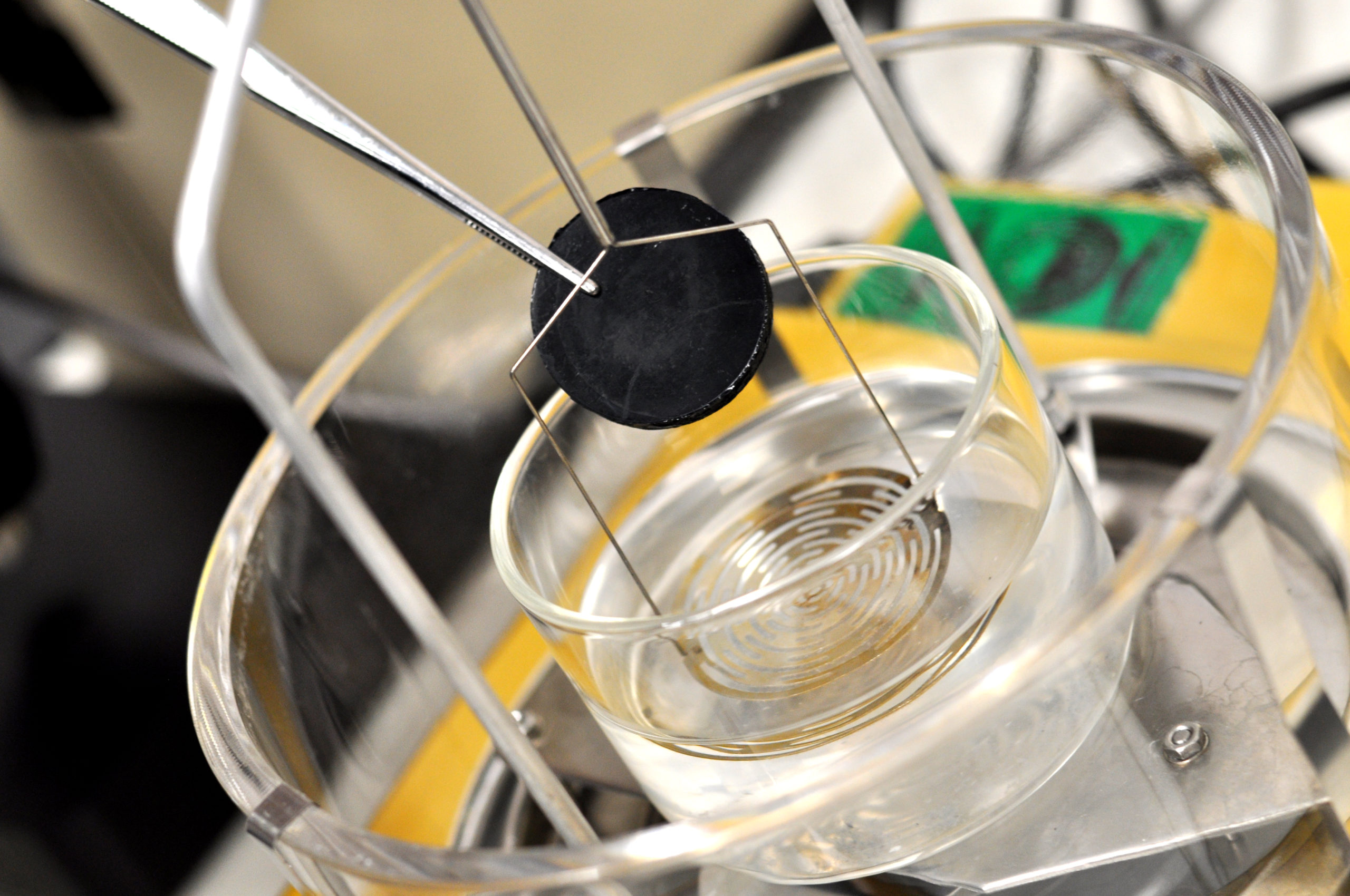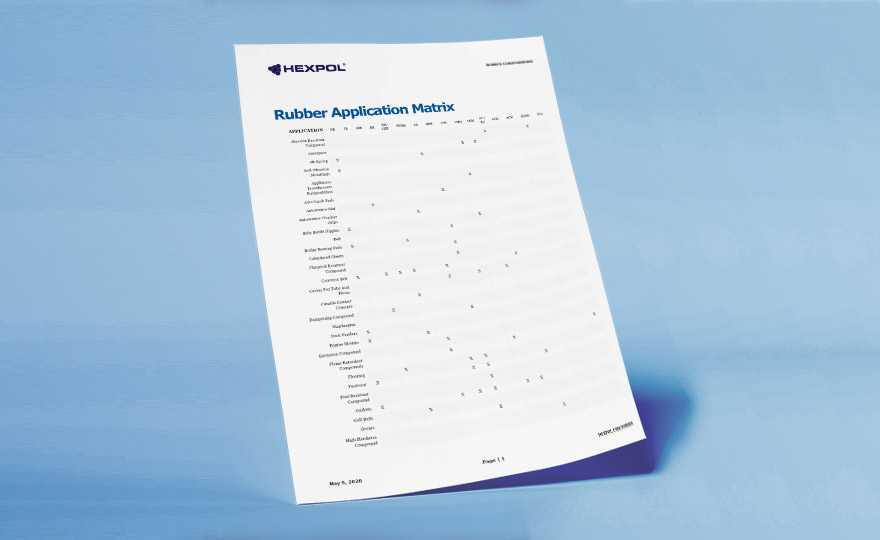What Is SBR Rubber?
Styrene butadiene rubber (SBR) is one of the cheaper synthetic general purpose elastomers that is sometimes used as a substitute for natural rubber. The addition of styrene lowers the price and contributes to the good wear and bonding properties. Styrene also improves the strength, abrasion resistance, and blend properties of polybutadiene.
The fatigue resistance and low temperature properties of SBR are usually inferior to natural rubber, whereas its heat-aging properties and abrasion resistance are better. Like natural rubber, SBR is vulnerable to thermal and oxidative degradation due to the presence of double bonds in the polydiene backbone. Degradation generally occurs through cross-linking, which leads to an increase in stiffness (embrittlement). SBR also has poor chemical resistance which means its solvent resistance and weathering properties are inferior to most other elastomers.

What is SBR rubber typically used for?
Styrene butadiene rubber (SBR) can be used in similar applications as natural rubber elastomers, except in severe dynamic application due to the inferior fatigue resistance. Typical applications include drive couplings, haul-off pads, conveyor belts, shoe soles and heels, adhesives, roll coverings, car tires (about 50% of car tires are made from various types of SBR) and other molded rubber goods.
Rubber Application Matrix
HEXPOL’s rubber compounds can be used in a variety of different applications. Download our Application Matrix to see which compounds can fit your application.


Typical advanced rubber compounding materials
Explore other selected materials in our advanced rubber compounding range.
Contact our global experts
To learn more about how we can make a material difference in your business, contact our skilled staff representatives for more detailed information.


